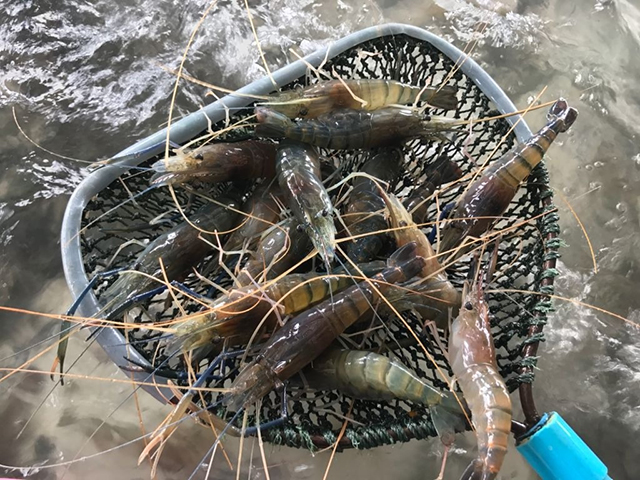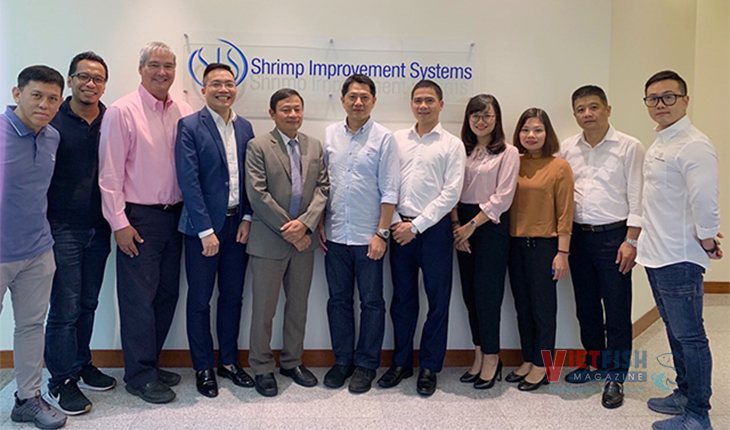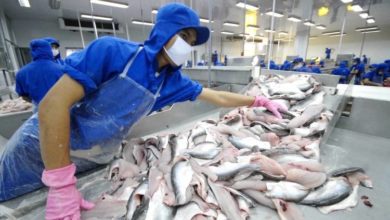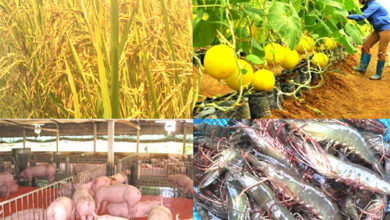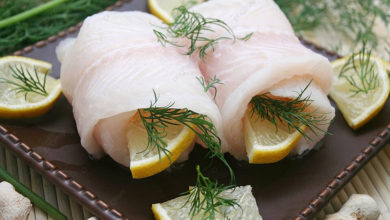Seafood exports grow in February but it’s not sign of recovery
Exports in February showed more positive signs than last month; however, such a 4% increase as compared to the same period last year does not show a prospect of recovery because Tet Holiday was in early February this year.
According to VASEP, after a drop in January due to the New Year Festival and Tet Holiday, in the first half of February seafood exports rose by 42% from the same period last year. It is estimated that seafood exports reached USD 662 million in February, slightly up 4% as compared to the same period of 2022.
The accumulated seafood export value of the first two months will reach over USD 1.1 billion, down 26% from the same period last year. Pangasius exports sharply declined by 38%, reaching USD 240 million, shrimp exports dropped by 37%, reaching USD 350 million, and tuna exports fell by 27%, reaching USD 113 million.
Exports of cuttlefish and octopus, and marine fishes were in an upward trend, up 6%, reaching USD 103 million and USD 273 million respectively.
After China opened the market, exports to this country started to show positive signs. In February, Vietnam saw a 33% increase here, up USD 122 million, leaving the accumulated value of the first two months of USD 158 million, down 7% from the same period last year.
The US and EU have not shown any sign of recovery in February as exports to these markets declined by 35% and 8% respectively as compared to the same period last year. As of late February, seafood exports to the US reached USD 164 million, down 53%; and seafood exports to the EU reached USD 123 million, down 32%.
Seafood exports to Korea, CPTPP countries, and some other markets showed positive signs. Vietnam’s seafood exports rose by 26% in Korea and 14% in CPTPP in February. However, due to the slump in January, the February sales in these markets were lower than the same period last year.
According to VASEP, demand is on the road to recovery in these markets, especially in China and other small countries. The amount of seafood material (shrimp and pangasius) will rise in the next months, thus exports in March and April will inch up from the first months of the year.
VFM


